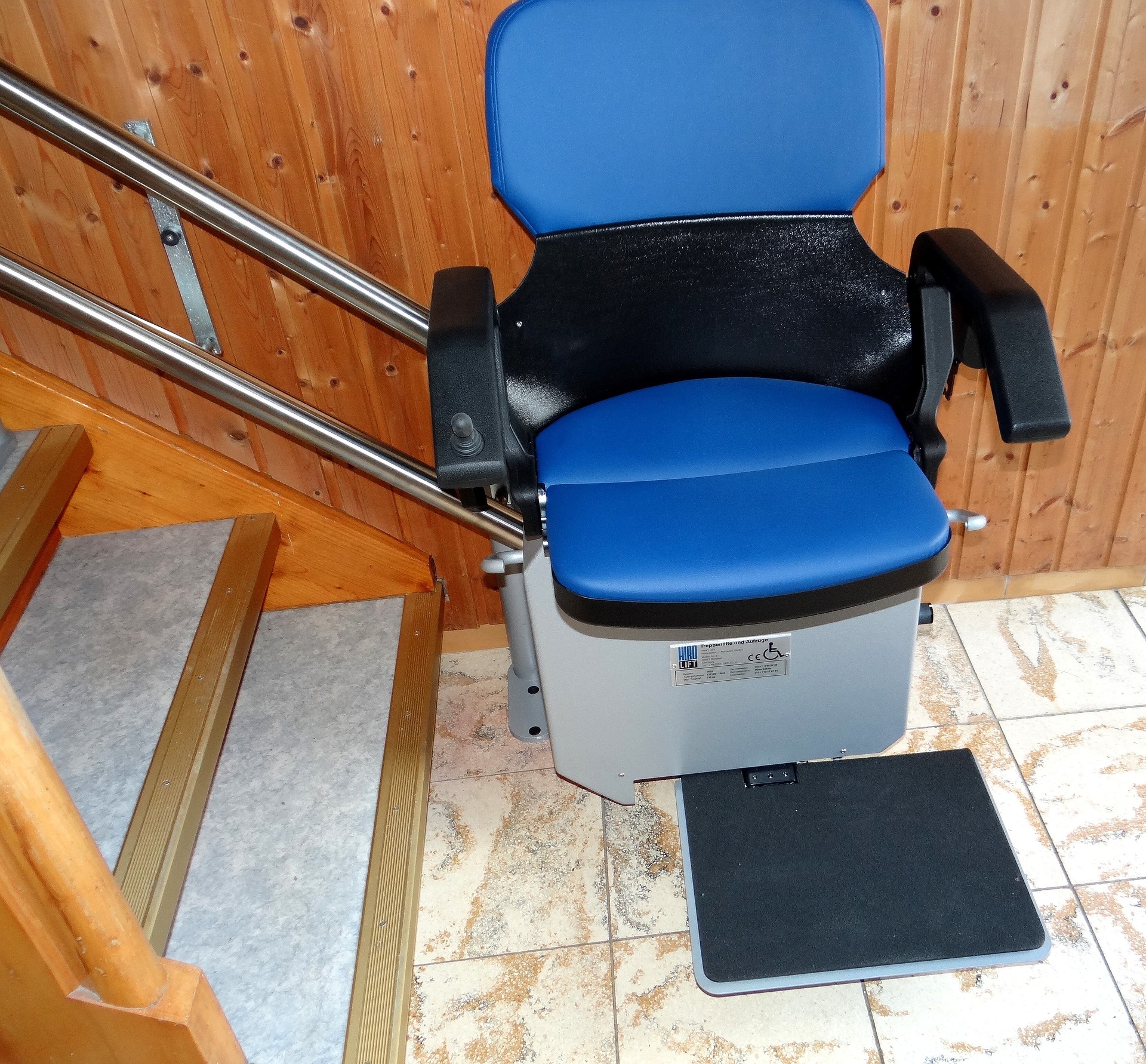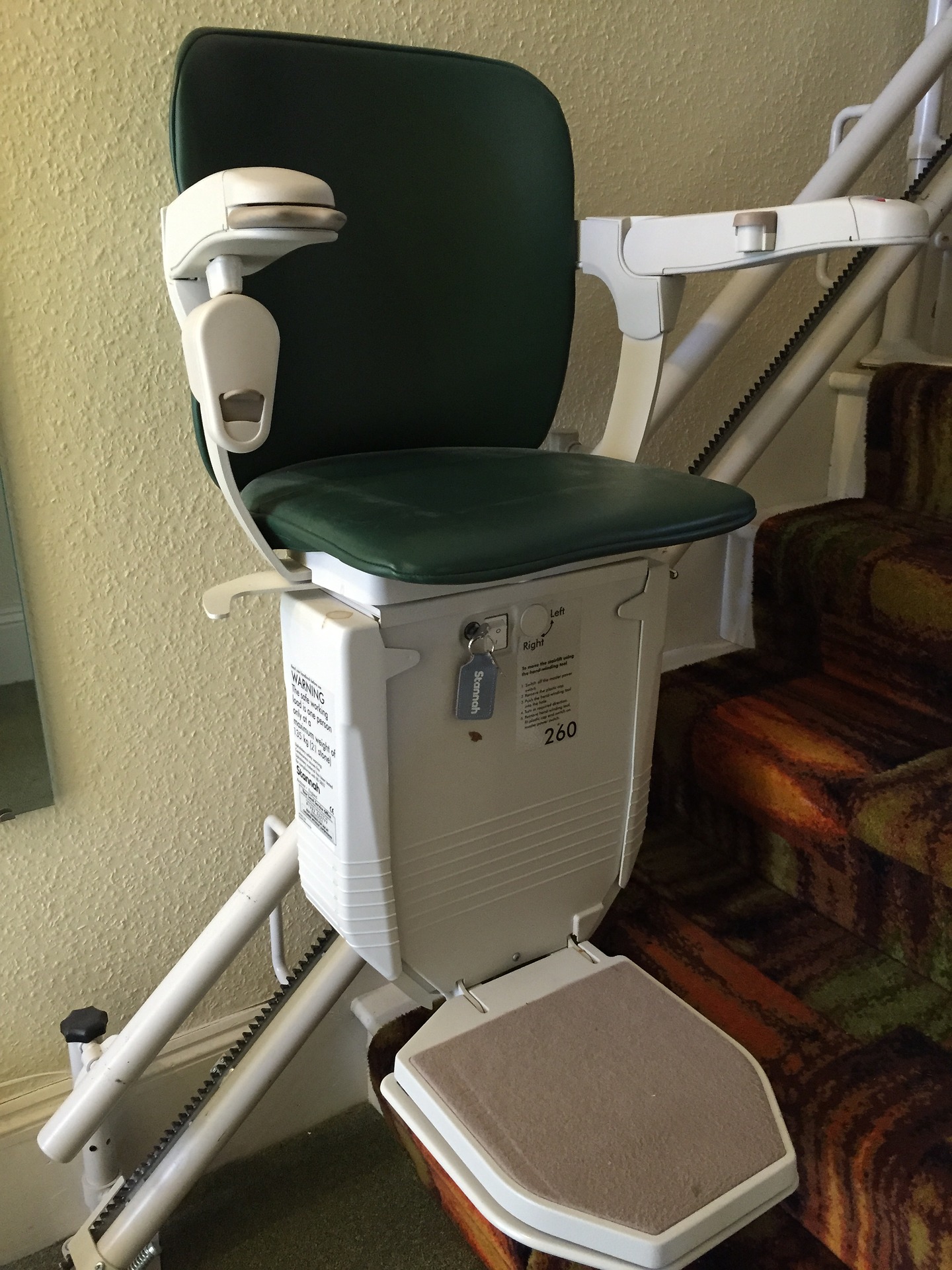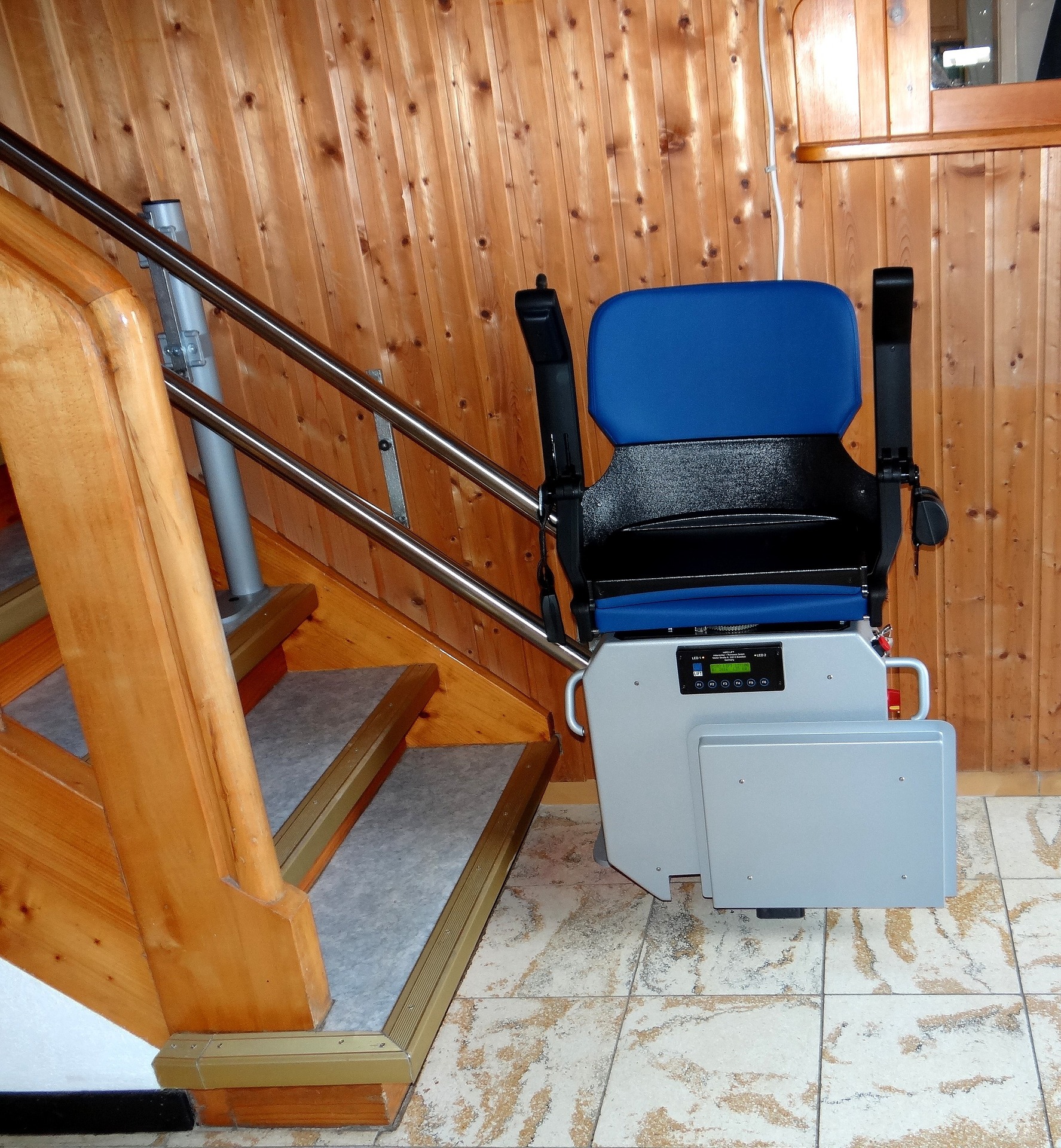Among the technological developments that make life easier for PRMs is the stairlift. It is often challenging for some people, such as the elderly or those with reduced mobility, to go up and down the stairs. It is, therefore, necessary to make some adjustments in the house to facilitate their movements. However, the installation of this equipment must comply with safety standards that we will see immediately in this article.
Take into account the various constraints

Before buying a stairlift, you must consider certain essential points, particularly ergonomics. Indeed, the device must be comfortable and easy to use in order to allow the person with reduced mobility to climb the stairs without making any effort.
Motor constraints
The choice of a stairlift also depends on the physical constraints of the user. Can they use their legs and arms? If so, to what extent? Is it possible to sit down or not? Can they keep their balance? How much does he weigh? These are fundamental questions that must be answered at the time of purchase. Indeed, this will allow determining in a precise way the seat adapted to the PRM so that it is at ease. For example, the control must correspond to the level of mobility of his hand.
The technical constraints of the house
In addition to the motor constraints of the user, the constraints of the existing structure must also be taken into account. The stairlift chosen must fit the shape and width of the staircase and the number of floors, the spaces between the ends of the staircase, and the ceiling height.
Once you have done this, you will be able to determine which stairlift is most suitable: electric stairlift, chair lift, wheelchair platform, or mini elevator.
Respecting the installation of the operating elements
The official standard governs the installation of the safety equipment of a stairlift. Although this equipment is referred to as “safety accessories”, it is strictly necessary to ensure the safety of the user when moving around. Without them, the installer will not be able to correctly install the device.
These safety elements are:
- Armrests and footrests: These accessories must be lowered before the stairlift is activated.
- The safety belt: to avoid the risk of falling, the user must fasten the belt. Moreover, the NF EN 81-40 standard requires manufacturers to provide this accessory to ensure the safety of the PRM.
- The seat: to facilitate the user’s access, the pivoting model, is to be preferred. It will avoid twisting movements that can cause fatigue.
- The obstacle detector: this small sensor is used to stop the stairlift when it encounters an obstacle (another person or a pet).
- The emergency stop system: in order to guarantee optimum safety for the PRM, the stairlift must be equipped with an emergency stop. As the name suggests, this device is used to stop the stairlift when it malfunctions, such as exceeding the normal speed or when there is an obstacle.
Consider the safety standards for use.

Installing a stairlift also requires compliance with safety regulations. Specifically, we are talking about the essential elements that every stairlift must have in order to maximize the protection of its user, namely.
- The safety switch: this tool allows the stairlift to be completely locked to prevent use by another person. This is particularly important for younger children.
- Remote controls: the stairlift comes with two remote controls. One is placed at the bottom of the stairs and the other at the top. They allow you to control the device without having to physically move it up the stairs.
- The end stop: this system is designed to stop the stairlift when the last step of the staircase is reached.
- The battery: it is an emergency element. It allows the user to continue his journey even in the event of a power cut or failure.
Sound off in the comments section below and tell us what you want to read next.







